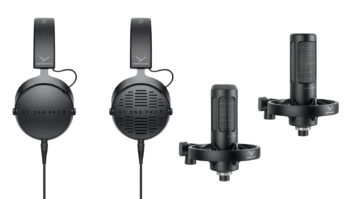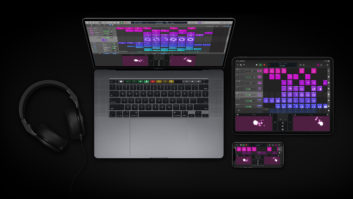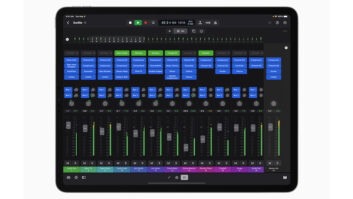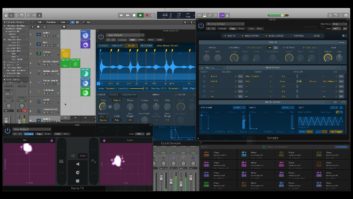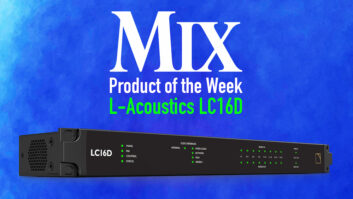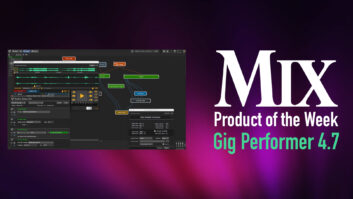If you’re a user of Celemony Melodyne 4 who works in Logic Pro X, the newly released Melodyne 4.2, provides a significantly improved workflow via ARA (Audio Random Access) technology. ARA was developed by Celemony in conjunction with PreSonus, and the technology first appeared in Studio One Two. ARA has subsequently been adopted by several other DAWs, including Samplitude Pro, Sonar, and Waveform (formerly Tracktion), Reaper (in an upcoming release), and now, in Logic Pro X 10.4.2, which was released in late September.
Before the 4.2 update, using Melodyne in Logic (or any non-ARA supported DAW) presented the user with a few inconveniences; the main one being that you needed to capture (aka “Transfer”) the audio into the plug-in in real time in order for it to appear in Melodyne. You had to set Melodyne to “Transfer,” hit play and wait for the entire song (or selection) to finish playing before you could start editing.
If you were using the top-of-the-line Melodyne Editor plug-in, you could transfer multiple tracks at a time, but it was still kind of a clunky workflow. With Melodyne 4.2/Logic Pro X 10.4.2, you get a separate Melodyne ARA plug-in, which shows up in your plug-in list along with a non-ARA version (useful if for some reason you prefer the old workflow). With the Melodyne ARA plug-in, your audio files show up instantly in Melodyne, with no need to transfer, which is a lot more convenient.
The ARA integration provides some other useful improvements. Probably the most important is that if you assemble a comp using Logic’s comping features, and you’ve already applied Melodyne’s correction to the different takes, your changes will follow the regions into the comp. As a result, you can evaluate takes with Melodyne’s correction on them, instead of having to wait until after you’ve made the comp to apply it.
Melodyne 4.2 will also follow any lengthening, shortening, or rearranging that you do to a track. What’s more, if you’ve used Logic’s looping functions to extend a region out over multiple measures, changes made in any of the loops will be reflected in the others. However, if you copy and paste one of the loops, it will become an entirely independent region that won’t be impacted by changes in the others.
Finally, all of Melodyne’s audio files are now saved as part of the Logic Pro X project, so you don’t have to worry about whether they’ll be stored with your file if you copy the project using either the Folder or Package options.
